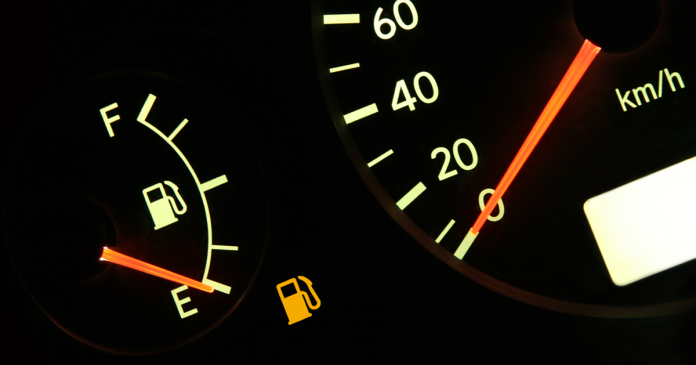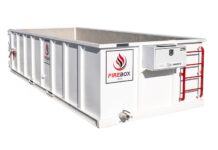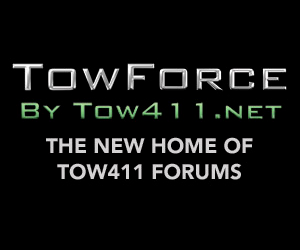My wife and I were riding down the road the other day. As we passed no less than ten gas stations, we could not help but notice the price differences between the gas stations, ranging anywhere from $3.09 to $3.89 per gallon. We also noticed that three days later they had changed again. Three years ago, gas was priced at $1.89 a gallon and rarely changed. It was easy to create a budget based on a stable gas price. These prices were noticed in Texas, where prices are lower based on east or west coast pricing. We looked at each other and decided it was a good time not to run a fleet of trucks.
How do you keep your fleet of trucks on the road with gas prices as high as they are? Keeping your fleet of trucks on the road during times when gas prices are high requires a proactive approach to managing fuel costs. Here are some strategies that may help:
1. Route Planning:
Plan efficient routes to minimize mileage and reduce fuel consumption. Make sure your drivers use GPS tracking and route planning software to identify the most fuel-efficient paths. Many GPS apps will route the shortest route to your destination. It will warn you when there are police ahead, or an accident that may cause delays.
2. Maintenance and inspections:
When I first got into the business, it was common to have a maintenance log that each driver was required to fill in. It would contain things like checking the oil, airing the tires, and cleaning the truck inside and out. Back then drivers would argue with you that it was not their job. Regularly maintain and inspect your trucks to ensure they are running in the most efficient way. Properly inflate tires and change air filters regularly. A well-maintained engine can improve fuel efficiency.
3. Fuel cards and discounts:
Consider using fuel cards that offer discounts or cashback rewards for fuel purchases. Helping you save on fuel costs. My company used fuel cards because that was a big thing at the time. The towing association I belong to negotiated with several suppliers to get discounts when purchasing gas, tires, or insurance. Fuel cards are good because the driver does not have to carry cash to purchase gas. The gas company would send reports that identified and controlled who was buying gas and when.
4. Driver Training:
Train your drivers in fuel-efficient driving techniques, such as avoiding aggressive acceleration, and braking, while maintaining consistent speeds. Even today drivers want to go faster than the speed limit and brake hard when necessary. Some drivers don’t even have training when it comes to towing a car, much less to teach them how to drive their truck. These steps can have a big impact on your gas bill, but the hard part is getting the drivers to follow them. You can set up incentive programs that good drivers would be rewarded if they followed the driving instructions.
5. Monitor Fuel Prices:
Keep an eye on fuel price trends and fill up when prices are relatively low. Whenever my wife and I are driving, my wife is always looking at fuel prices. She has an app on her phone that will tell her who is offering the lowest price for gas. Some apps and websites can help you find the cheapest gas stations in your area. With today’s technology, there are many tools that can help you find the cheapest gas. Do some research and find the app that best helps you.
6. Alternative Fuels:
Depending on availability and feasibility in your area, explore alternative fuels like biodiesel or natural gas which may provide cost savings in the long run. I don’t think the price of gas is going to get any lower, so when it’s time to purchase a new truck you change from diesel to gas or gas to diesel – whichever makes sense. You might want to consider the different gas companies. For example: If you are using Shell, you might want to switch to Gulf if they have a better price. I can remember in my personal car I would always use one kind of gas and use the best gas possible at the pump. When prices started to rise, I quickly changed my approach. Now I get my gas at Kroger or Seven-Eleven. The government might make the decision for you and force you to purchase electric trucks. That’s a whole different story.
7. Negotiate with Suppliers:
When I first got into towing, I looked around at what other companies were doing and tried to emulate what they were doing. So, I implemented a maintenance log that made my drivers accountable for the truck. There was one company that used one gas station to get all its gas. If possible, negotiate with fuel suppliers for better pricing or explore long-term fuel contracts to lock in prices during periods when prices are high.
8. Idle reduction policies:
Implement policies to minimize unnecessary engine idling as idling consumes fuel without contributing to productivity. If you are not in the truck, shut it off. I was told when I started my company that if you had diesel trucks it was best to leave them running. I made the decision as a company that all my trucks would be Ford’s and they would be gas trucks.
9. Upgrade to fuel-efficient vehicles:
If financially feasible, consider upgrading your fleet to more fuel-efficient vehicles that meet your operational needs. Do some research and figure out what truck best fits your business needs that are cost effective and go in that direction. Owners like to show off their toys, but in today’s world you must think about the financial impact your trucks have on the company.
Operationally, you may want to store trucks at active locations so your driver does not have to drive so far. This would also help with your ETA’s when you get a call for service. Explore opportunities for remote work to reduce the number of trucks on the road. Implementing these strategies and closely monitoring fuel consumption can help you control the impact of high gas prices so you’re not out of gas in your business.









